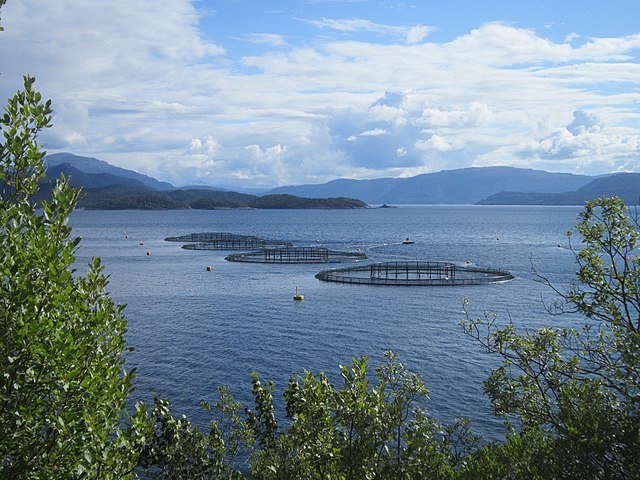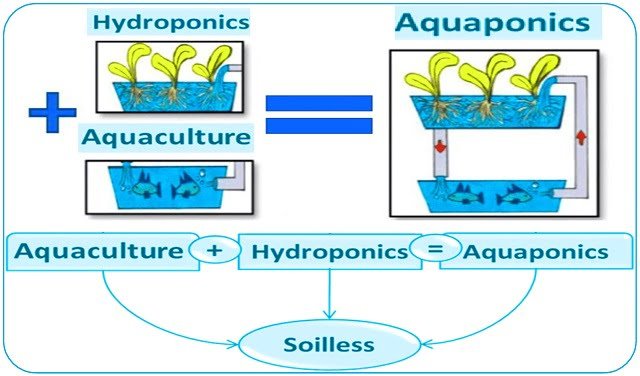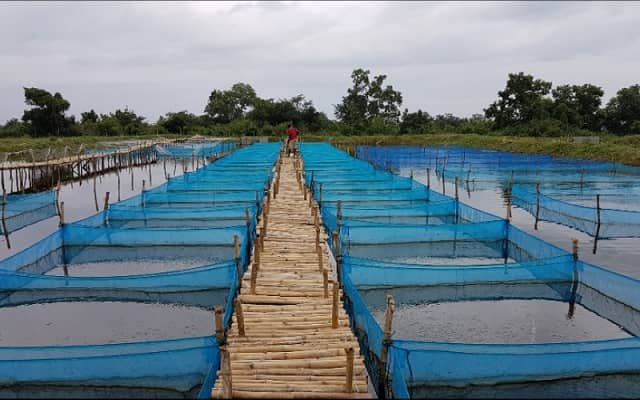
The thriving Atlantic salmon aquaculture industry in Norway faces a challenge: balancing growth with environmental responsibility, under a circular economy approach.
Key concerns in the salmon industry include sea lice infestations, fish escapees, and nutrient pollution from marine cages. However, a new study reveals a hidden gem within this challenge: aquaculture sludge.
This article delves into the science behind this issue and explores a promising new approach: using the salmon industry’s own waste as a resource! Researchers assessed the potential of sludge to feed polychaetes within the framework of integrated multitrophic aquaculture (IMTA).
Salmon Farming and its Environmental Footprint
Norwegian salmon aquaculture produces a significant amount of Atlantic salmon. While this is great news for the industry, it comes with a significant environmental cost.
According to various scientific studies, up to 62% of carbon, 57% of nitrogen, and 76% of phosphorus from salmon feed are not utilized by the fish and end up in the environment. With projected production increases, waste volumes are set to dramatically rise.
Unveiling the Potential of Aquaculture Sludge
The study, conducted by researchers from the Norwegian University of Science and Technology, investigated the composition and quantity of sludge accumulating beneath Atlantic salmon (Salmo salar) farming sea cages. This sludge, a mixture of unconsumed feed and fish waste (feces), contains valuable nutrients such as nitrogen, phosphorus, and carbon. While traditionally considered waste, the study suggests it could be a valuable resource for cultivating lower trophic organisms.
The study focused on quantifying the amount of sludge accumulating beneath salmon farming cages and analyzing its nutritional content. They also explored the potential of using this sludge to feed a specific type of marine worm called Hediste diversicolor.
Waste Flow
Salmon farm waste can be classified into three main types:
Stay Always Informed
Join our communities to instantly receive the most important news, reports, and analysis from the aquaculture industry.
- Particulate Organic Matter (POM): This includes unconsumed feed and fish feces, which settle on the seafloor beneath the cages. It can serve as a nutrient source for some organisms.
- Dissolved Organic Matter (DOM): These are small dissolved molecules released from unconsumed feed and feces that enter the microbial food web.
- Dissolved Inorganic Matter (DIM): Nutrients like nitrogen and phosphorus released directly into the water by fish respiration and excretion, utilized by phytoplankton and macroalgae.
The focus of this study is on particulate organic matter deposited on the seafloor. While the effects of DOM and DIM are harder to quantify, monitoring programs exist to assess the impact of POM on benthic habitats.
IMTA: A Symbiotic Solution
Integrated Multitrophic Aquaculture (IMTA) is a sustainable aquaculture approach and circular bioeconomy that co-cultivates different species at various trophic levels within the same system. In this case, nutrient-rich salmon sludge could act as a food source for organisms like polychaetes, specifically the species Hediste diversicolor. These filter feeders would not only benefit from the waste but also help improve water quality by removing excess nutrients.
Polychaetes as Allies
Interestingly, research suggests that certain polychaete species thrive in the organically enriched environment created by salmon farm waste. These marine worms potentially serve a dual purpose:
- Bioremediation: Polychaetes can help break down and utilize organic matter from sludge, reducing its environmental impact.
- Raw Material: Studies indicate that some polychaetes, like Hediste diversicolor, can efficiently utilize nutrients from salmon farm sludge and may even be suitable for use in fish feed production for species like seabass and shrimp.
The Science Behind Sludge
Researchers used sediment traps to collect sludge samples beneath two salmon cages at different depths and times. They then analyzed the samples for various components, including carbon, nitrogen, phosphorus, lipids, fatty acids, proteins, amino acids, and ash content.
Interestingly, the study found a strong correlation between the amount of feed used and the amount of sludge collected, highlighting the impact of feed management on waste production.
The Road Ahead: From Waste to Resources
While the overall nutritional value of sludge obtained from marine cages was lower than that of land-based aquaculture, the study demonstrates its potential as a food source for specific organisms like Hediste diversicolor. Further research is needed to optimize its use in IMTA systems.
This study paves the way for a more sustainable salmon farming industry in Norway. By turning waste into a resource, IMTA offers a promising approach to reducing environmental impact while promoting responsible aquaculture practices.
The study was funded by the POLYCHAETE and MIND-P projects, and open access is funded by NTNU Norwegian University of Science and Technology (including St. Olavs Hospital – Trondheim University Hospital).
Contact
Inka Anglade
Norwegian University of Science and Technology
Email: inka.seekamp@ntnu.no
Reference (open access)
Anglade, I., Krogli, T.M. & Reitan, K.I. Sludge from sea-based Atlantic salmon (Salmo salar L.) production: quantification, composition, and potential application in integrated multi-trophic aquaculture. Aquacult Int (2024). https://doi.org/10.1007/s10499-024-01485-5
Editor at the digital magazine AquaHoy. He holds a degree in Aquaculture Biology from the National University of Santa (UNS) and a Master’s degree in Science and Innovation Management from the Polytechnic University of Valencia, with postgraduate diplomas in Business Innovation and Innovation Management. He possesses extensive experience in the aquaculture and fisheries sector, having led the Fisheries Innovation Unit of the National Program for Innovation in Fisheries and Aquaculture (PNIPA). He has served as a senior consultant in technology watch, an innovation project formulator and advisor, and a lecturer at UNS. He is a member of the Peruvian College of Biologists and was recognized by the World Aquaculture Society (WAS) in 2016 for his contribution to aquaculture.




